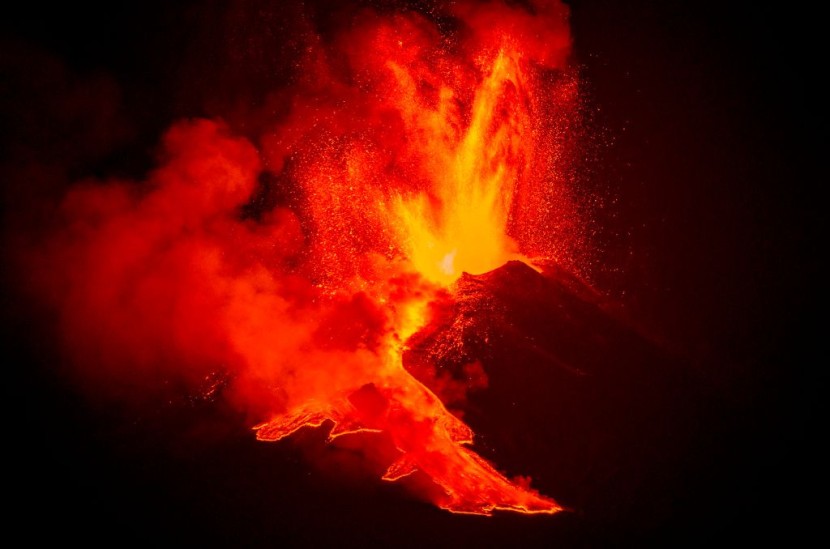
Mount Etna, the most prominent volcano in Italy, has grown taller than before. Its height is more significant by 100 feet, with a new peak of 11,013 feet after the build-up.
The National Institute for Geophysics and Volcanology (INGV) reported that it has become more significant in height after going through eruptions since mid-February.
According to a resident expert, the southeast and newest crater of Mt. Etna has risen than the older crater in the northeast, which was for 40 years supposedly the "undisputed peak of Etna."
New Peak Created From Months of Continuous Activity
From mid-February, 50 instances of lava and pyroclastic material have been coming from the volcano's mouth. The National Institute for Geophysics and Volcanology (INGV) confirmed this, which gave it the new peak, reported the Daily Mail.
In 1981, the crater on the northeast had reached up to 10,990 feet, but the edges weren't stable and shattered at the edge. This reduced the height to 10,912 feet later in 2018.
A satellite scan provided that Mountain Etna now surpasses that height and is now up a scale of 11,013 feet tall.
Etna is considered the fiercest and active volcano in Europe. Scientists said it continuously produced tens of million tons of lava, enough to fill in a 108-story skyscraper and seven million tons of carbon dioxide, sulfur dioxide, and water annually based on the analysis.
Since February, the crater has been smoking and releasing ash, filling streets, and damaging crops in affected areas in Italy.
The chances of Etna's unending spill to harm nor cause danger to surrounding villages are low. The Sicilian government said that 3,000 metric tons of pyroclastic materials have been collected in the clean-up operation, which is quite the trouble, noted Today UK News.
According to the INGV based in Catania, the rise of activity that Etna had shown was due to a 'conspicuous transformation of the volcano's outline.'
A press statement from the INGV mentions the satellite photos have confirmed the increasing heat of the crater in the southeast. After 40-years, a new higher peak is created.
From 1980 onwards, the activity in September 1980 and February 1981 allowed the northeastern crater to be the highest at 10,990-ft.
As old as 700,00 years, Mt. Etna has crowned the next most active one, first is Mount Kilauea in Hawaii.
It is found in the middle of the African and Eurasian tectonic plates, so the European volcano has constant daily eruptions.
Future Activity Could Lead to a Tsunami
Mt. Etna had a severe eruption in March 2017 that had almost a dozen people hurt.
However, records dating way back to 1500 BC mention an eruption that killed roughly 15,000 people within an earthquake in 1169, cited Albawaba.
Findings from a 2018 study reveal Mount Etna is told to be slowly receding onto the sea, which will create a massive tsunami if it happens.
Research, however, discovers that the slow march to dropping in the Mediterranean is due to a phenomenon called 'gravitational instability.' It was assumed that the lava inside the volcano might be the cause of its movement.
A further analysis says that Mount Etna will trigger a tsunami if it completely slid off the shore, courtesy of the build-up in its crater, creating a new peak.
Related Article: Experts Say There's No Way to Predict Super Volcano Eruption
© 2025 HNGN, All rights reserved. Do not reproduce without permission.








